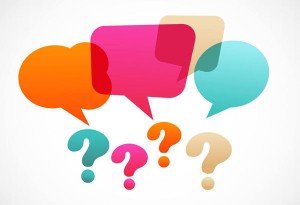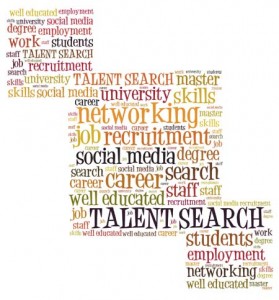Earlier this week, I wrote a post about the importance of meeting customer expectations when it comes to developing a brand. I thought I’d expound on that a bit more today by providing a classic case study example of a company that failed to meet customer expectations and whose brand suffered as a result – Microsoft (NYSE: MSFT).
Sure, Microsoft still leads the market with its Windows platform, but it’s once unbreakable stronghold has shown cracks of weakness in recent years. The biggest failure – Windows Vista.
The failure of Windows Vista occurred for a few reasons:
- Microsoft made huge promises about how great Windows Vista would be before it rolled out. These PR stunts created customer expectations that were not met by the final product.
- Customers felt like Windows Vista hostages. New PCs came with Windows Vista pre-installed. Customers like to feel as if they’re in control and able to make the choices that meet their needs. Forcing products down customers’ throats does create happy customers.
- As the market leader who had previously rolled out one product after another that customers were, for the most part, satisfied with, Microsoft became pompous. Instead of putting customers first and making sure the new products it rolled out met customers’ needs and expectations, Microsoft put its own agenda first and rolled out a product that met its own needs but not its customers’ needs.
At the All Things Digital D6 conference in late May, Microsoft CEO Steve Ballmer and Bill Gates hinted that Windows 7 is coming. While Ballmer still refused to admit that Windows Vista was a failure (his pompous response, “Vista’s not a failure and it’s not a mistake”) instead redirecting attention to the 150 million Vista licenses that Microsoft has shipped to date (of course, he failed to mention the hostage situation referenced in bullet #2 above), Bill Gates took the high road (or at least a slightly higher road).
Gates said, “We have a culture where we need to do better.” He stated that Microsoft needs to keep new product development details closer to the vest until it’s in the best interest of Microsoft and its customers to share them. He also said Microsoft needs to be, “more predictable in the delivery of our products.”
Long story short, Microsoft needs to do a better job of defining and meeting customer expectations for its brand. Windows 7 is scheduled to roll out in January 2010, but customers may not have reason to celebrate. Early rumors make it seem like Windows 7 will just be “Vista 2” rebranded. We’ll have to wait and see if Microsoft is able to refocus on meeting customer expectations and less interested in taking over the world. Let’s face it. Google already cornered the market on taking over the world anyway.
Image: Flickr
Lucy is Editor at Corporate Eye



Microsoft we buy your products why oh why won’t you listen to us! Stop trying to dominate the world and give us an OS like XP – Something stable which does what you’d expect when you click a button. The Control Panel in Windows 7 is a maze – honestly, what’s wrong with “Add or Remove Programmes” and “Sounds and Audio Devices” why have 100’s of options which some lead to the same things? Beats me – all I know is, I switched to a MacBook a few Months ago – Best £900 I’ve spent! Microsoft if you don’t start listening to us consumers more and more people are going to switch to Mac and Linux. Why pay for something like Windows Vista when you can download for free, and legally(!) Ubuntu – open source, secure, easy to use, stable, just like OS X – I could go on..Windows 7 is going to be uninstalled from my laptop and I’m going to go back to Ubuntu 9:04. It’s a Linux/UNIX world for me, for other people too (Mainly the ones who have seen sense and just want there computer to do what they expect it to)